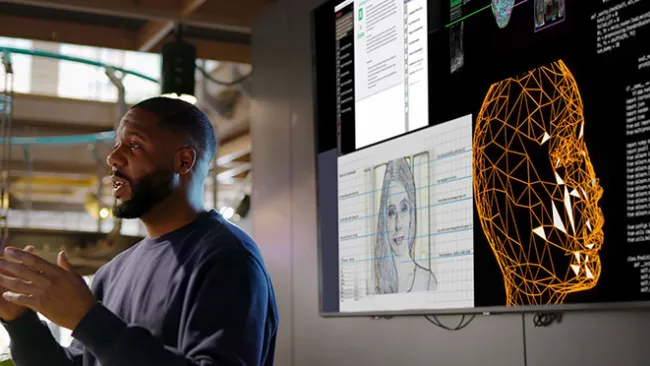The crisis brought on by COVID-19 required empathy, lots of it. The brands who succeeded showed they cared for their customers' wellbeing.
Lauren Feehrer, president and founder of LoyaltyCraft Consulting, discussed the power of delivering empathy into your customer experience and digital transformation in her latest webinar: Are We Building Customer Experiences That Will Last a Lifetime? In a new-normal that requires the best of people driven by the best of technology, here are 3 takeaways to help build genuine connections.
Takeaway 1: Put care into action
The challenges of isolation, work-from-home, and uncertainty hit consumers during the crisis. As people regain their footing organizations must recognize that consumers experienced these difficulties at different times in different ways.
Organizations need to show their customers that they have the capabilities to help. Lauren outlined 7 actions to emotionally connect with customers from McKinsey & Company:
- Minimize risk in physical interactions with products and services
- Actively contribute to safety by innovating the product portfolio
- Provide pragmatic help to customers in financial distress
- Bring joy and supporting the emotional needs of customers “trapped at home”
- Promote and guide the shift to online channels
- Stay reachable and treat customers with care in personal interactions
- Demonstrate care for the community through genuine company
These fundamental tips are essential ways to connect customers that have made the full leap into digital interactions and those who straddle the physical and remote environments. As leaders evolve these techniques it will require that they mature their presence between the two spaces.
Takeaway 2: Make the customer the hero
Organizations like to tout how they are the best in the industry with brand messaging focused on flaunting catch phrases such as “we are the leading experiences” and “for decades we have…” It’s time to learn it’s not about you. The brand isn’t the hero, the customer is. People want to know how organizations can help them with their life journey. So how do companies champion this mentality?
Organizations need to guide customers through the Hero’s Journey. This journey follows the plot of many famous books and movies (think Star Wars, Karate Kid, Lord of the Rings): A hero encounters a villain, afterwards they have a mentor who guides them and helps them conquer their journey.
Now put this into business context, how does one narrate their organization’s hero journey? Start by identifying the steps with employees and leadership:
- The Hero: The customer
- The Villain: The customer’s problem
- The Mentor: The organization
- The Transformation: What customer success looks like
Running this internal activity helps organizations define common customer pain points and goals that can be set to help guide people to better themselves. Creating empathy means being there from the beginning to the end.
Takeaway 3: Visualize the customer journey
Introducing technology for technology’s sake isn’t going to cut it in the modern customer experience. To bring genuine care, Feehrer quoted the late Steve Jobs: “You've got to start with the customer experience and work backwards to the technology.”
Prioritizing a brand vision means focusing around the customer journey. Utilizing customer journey mapping can help leaders identify moments that frustrate and delight customers. This visual representation of a journey can help employees identify what tools are missing or are needed to make the customer experience more complete.
Understanding the way customers like to interact with channels, physical and digital, helps leaders drive a more human experience that truly sees how people prefer to interact with them.
Empathy is the future of customer experience
Feehrer believed that at the heart of digital transformation is the connection you make with consumers. Getting to the bottom of empathetic experiences means understanding how technology can connect people to the very real human interactions they need.
These takeaways will be incredibly important not just in the months to come, but when natural disasters, hardships, and uncertainty are addressed anytime.
If you’d like to see the full discussion sponsored by TTEC and LivePerson, watch Lauren’s webinar here.

















